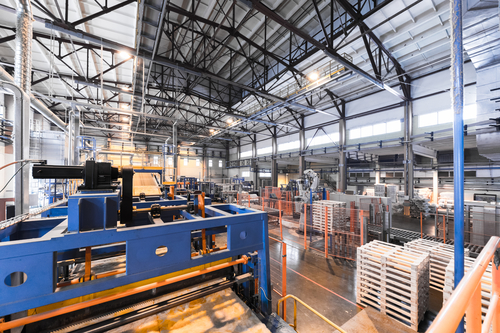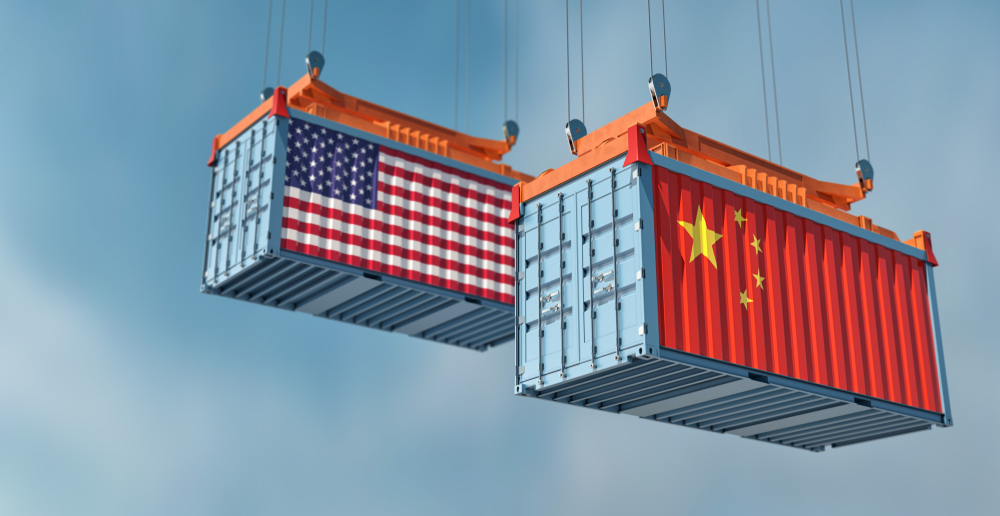Week 20 in Manufacturing News
Congress Hoping to Bolster US Advanced Manufacturing
The new legislation would bolster the national network of Manufacturing USA institutes by expanding job training programs and providing support for entrepreneurs.
The Manufacturing USA program is a national network of 14 public-private partnership institutes with 1,300-member companies and institutions working to keep the U.S. on the cutting edge of advanced manufacturing.
Source: IndustryWeek.
How The Trade War Will Jump Start Digital Manufacturing
The process of digitization is expensive and risky, and rational investors and managers won’t spend money if they know they will be immediately undercut by Chinese competitors.
But for companies in the digital manufacturing space, the risk-benefit calculation of investment in digitization starts to look more attractive, purely as an economic proposition. For one, sourcing parts out of China is becoming riskier and potentially more expensive.
Source: Forbes.
What’s Ahead for Manufacturing AI
Voice-driven solutions will lead the charge. And we’ll see pick-and-place robots in smart warehouses delivering a major competitive edge, as companies advance their use of Robotic Process Automation.
Prediction #1: 50% of all manufacturing companies will be using AI in some form by the end of 2021.
Prediction #2: 25% of manufacturing planners will be talking to their systems by the end of 2020.
Prediction #3: Pick-and-place robots will put away 25% of manufactured goods by the end of 2020.
Source: IndustryWeek.
Cisco cuts back China manufacturing to ease tariffs hit
Cisco Systems said on Wednesday that it had slashed its manufacturing in China in anticipation of higher import tariffs levied in the US, as it laid out a financial forecast that showed it did not expect to be hurt by the deepening trade war.
Chuck Robbins, chief executive, said the company had started planning for the higher tariffs last summer, when the White House put a 10 per cent levy on many of its products, with a threat to increase the rate to 25 per cent later.
Source: Financial Times.

